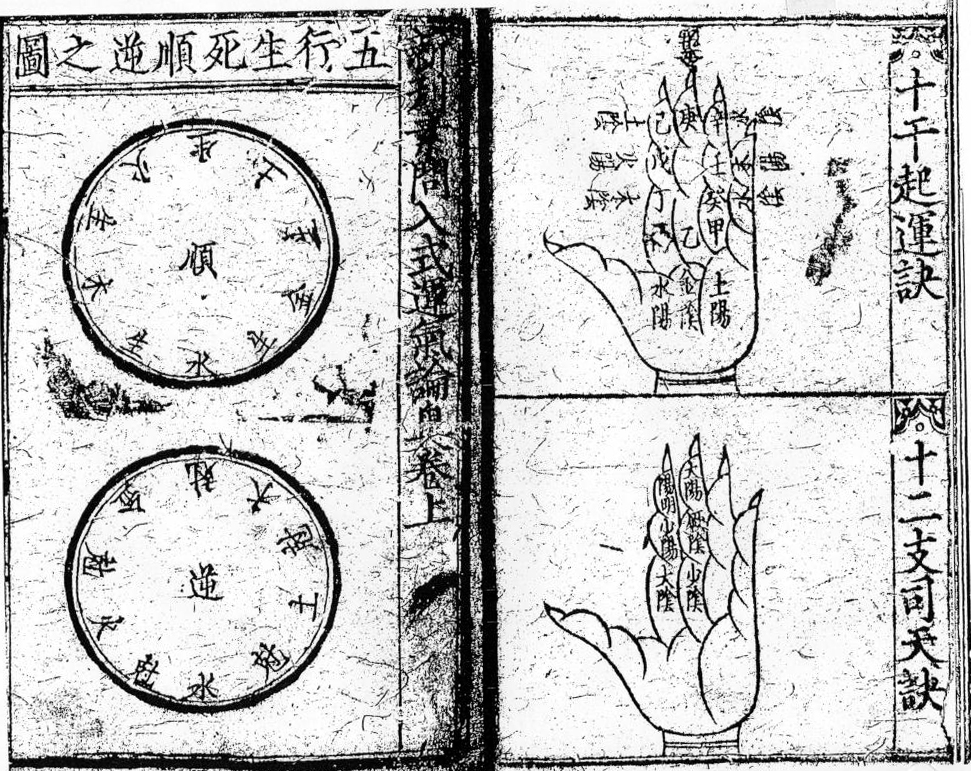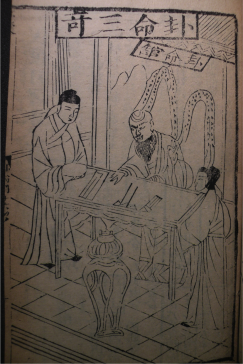Drawing on a wide range of Chinese sources from the seventh to the twentieth century—medical treatises, religious texts, encyclopedias, divination manuals, and novels—this project builds upon the central insight that Chinese healers instrumentalized their bodies, especially their hands, in complex ways that augmented their cognitive capacities. Medical authors also integrated these techniques from divination manuals demonstrating how closely aligned divination techniques were with medical prognostication strategies in Chinese culture. Grasping Heaven and Earth refers to the concepts of the natural-medical world considered essential for Chinese healers to grasp both bodily—that is, with their hands—and conceptually—with their minds. Furthermore, the concept of “body-as-technology” covers a wide range of instructions directed toward healers: from how they should use their own breath to track time during pulse-taking to when they need to be pure in thought as well as in body to ensure therapeutic efficacy during healing rituals. By focusing on thinking with the body and the body-as-technology, this project offers a model for how to better integrate the history of the body and medicine into general Chinese history.
The work of cognitive scientists Andy Clark and David Chalmer about the extended mind, embodied cognition, and incorporation, has also been productive to think through evidence of the many innovative ways Chinese healers instrumentalized their bodies to track time as well as measure, remember, calculate, and prognosticate in the premodern period. We moderns, by contrast, have increasingly deputized such functions to the myriad of software-based technologies from phones to computers that structure our minds as well as dominate our daily lives. This historical analysis of corporealized cognitive practices in premodern China should help better historize them within the global history of medicine at a time when medical instruments have become external to physicians, calculators have taken over the basic math once done in their brains, and computer software programs have come to increasingly characterize the modern clinical encounter more than the physician’s own clinical experience.

Liu Wenshu 劉溫舒, Suwen rushi yunqi lun’ao 素問入式運氣論奧 (Discourses on the Arcana of the Introductory Patterns of the [Five Cyclical] Phases and [Six Climatic] qi in the Basic Questions [of the Inner Canon of the Yellow Emperor]
This is the earliest example of hand mnemonics in a late eleventh-century Chinese medical text. Liu Wenshu 劉溫舒 presented it to the emperor in 1099. This image is from a photocopy of the earliest extant edition of this text from 1339 located in the rare books collection of the Beijing University library.
Clockwise from the upper right-hand corner: Ten Heavenly Stems and the Circulatory Phases; Twelve Earthly Branches that Govern Heaven; Conquest Cycle of Five Phases; and Production Cycle of Five Phases.

